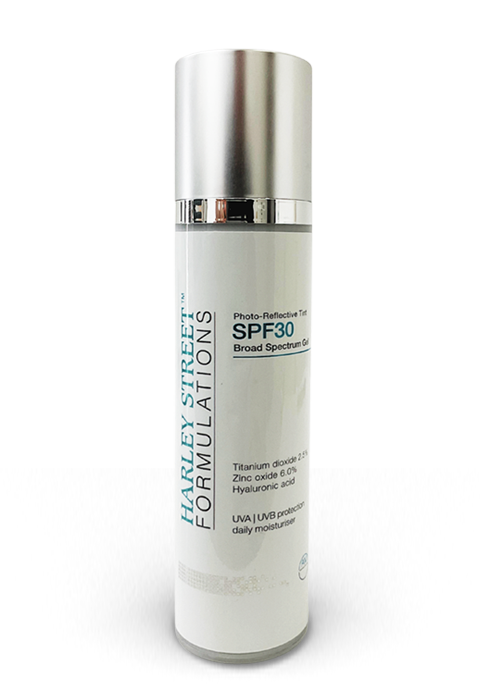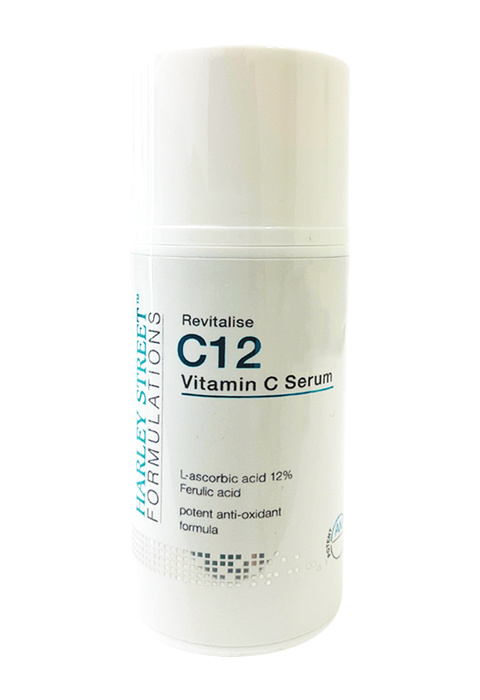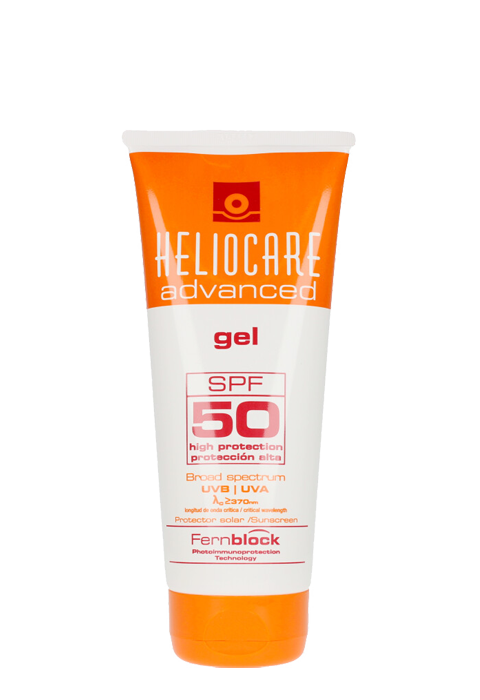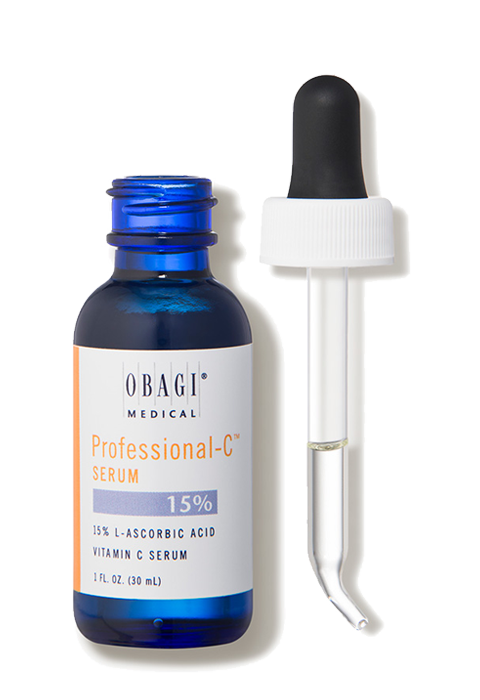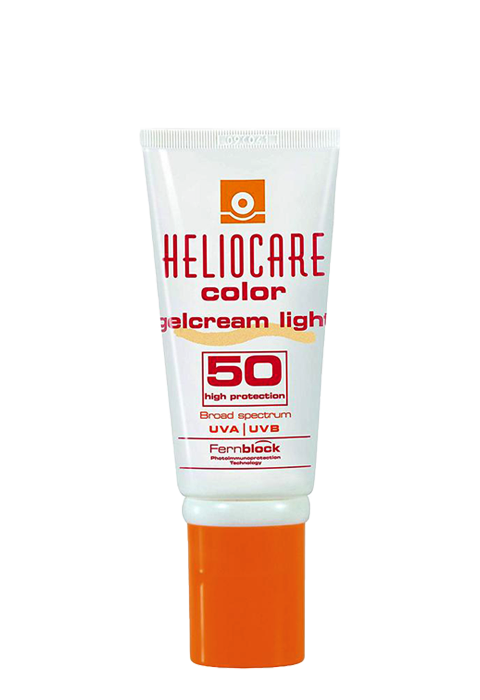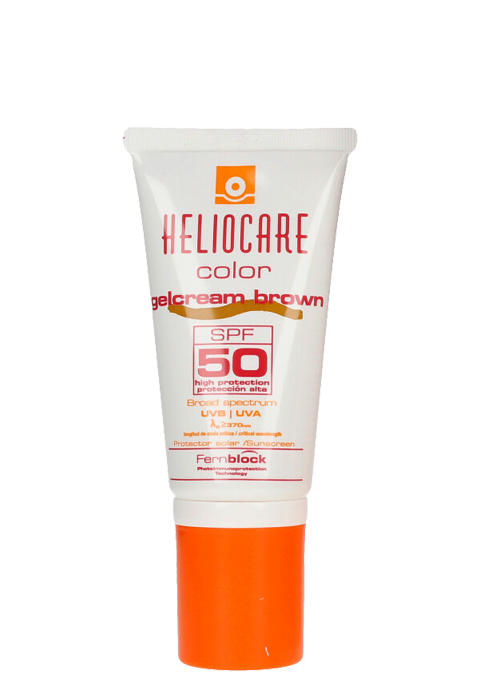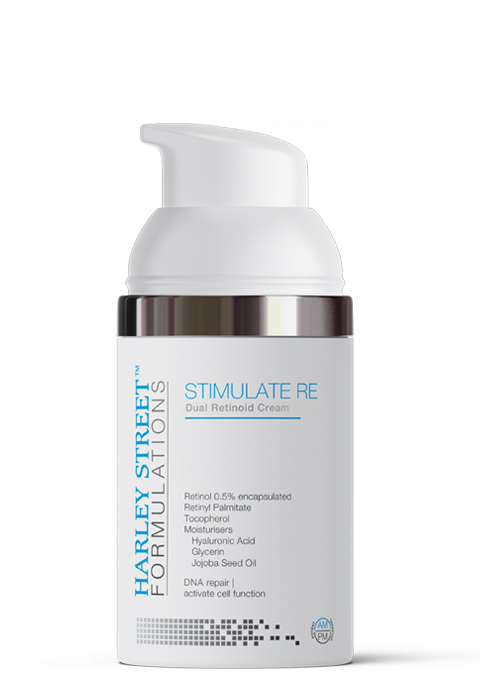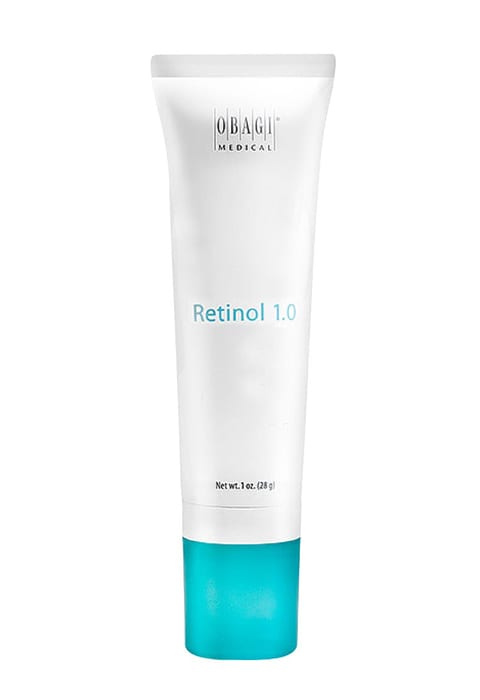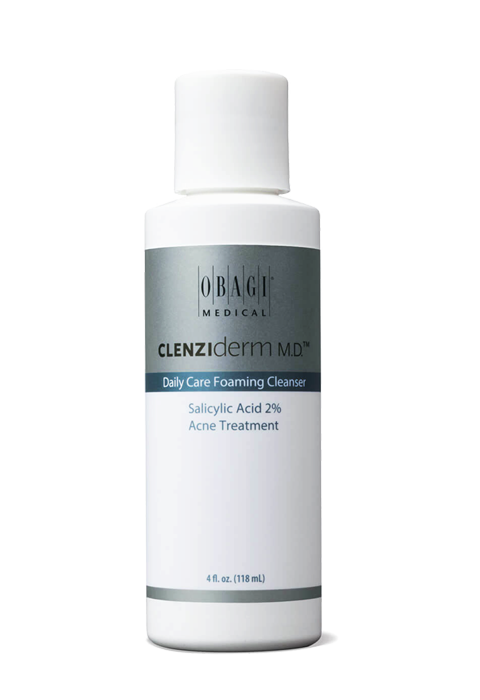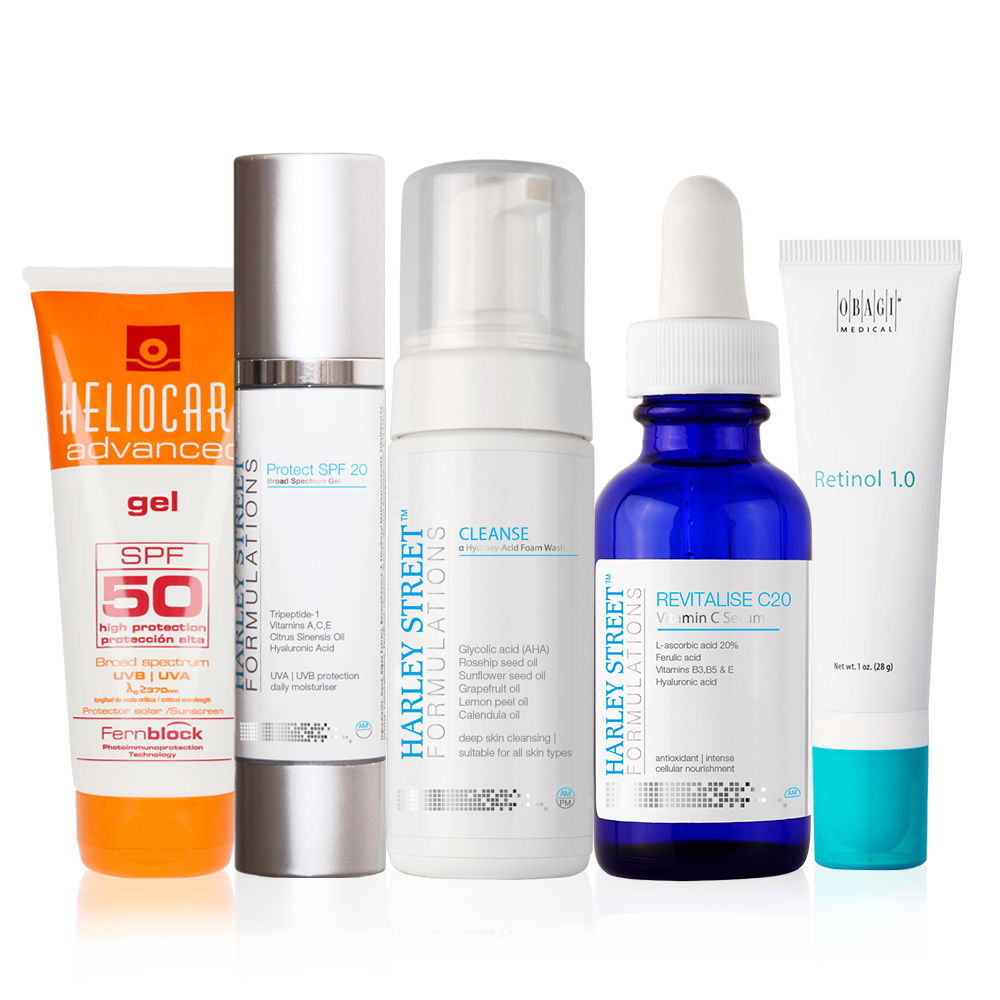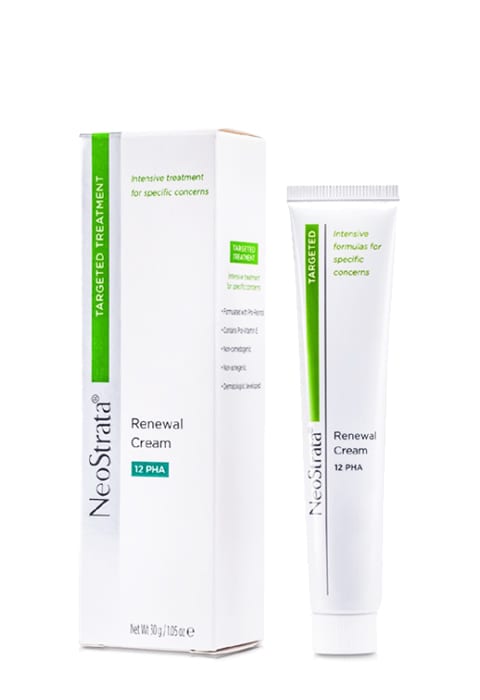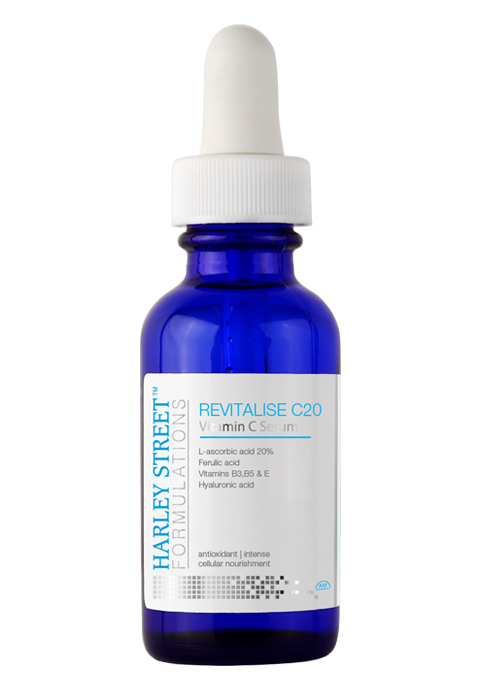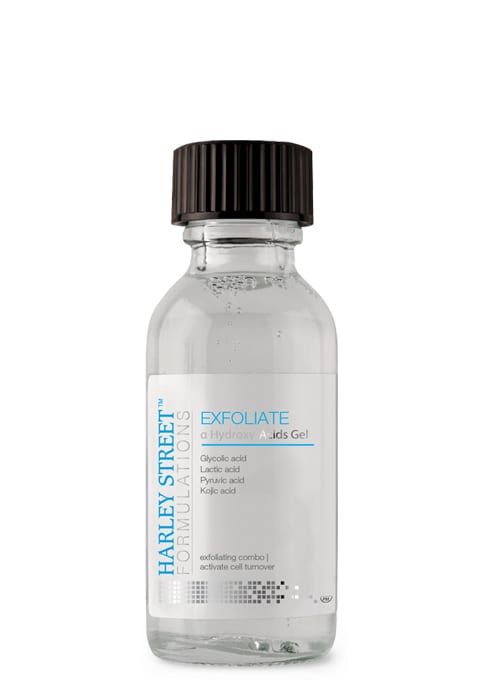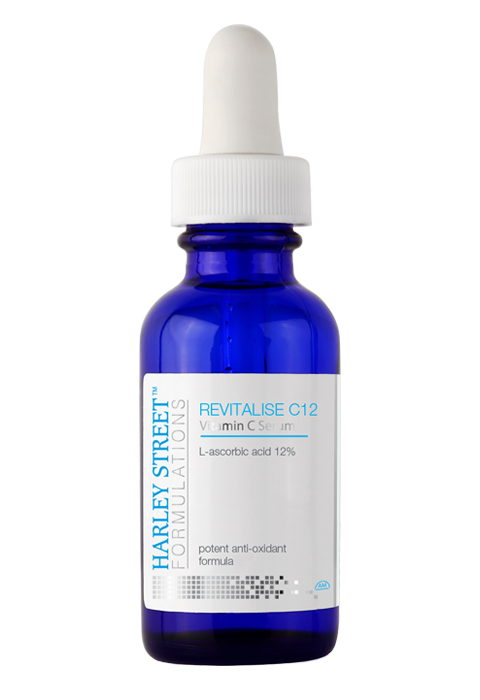- Anti Ageing At A Glance
- Biophysical Skin Changes - In-Depth Analysis
- Epidermis - The First Skin Layer
- Dermis - The Second Skin Layer
- Hypodermis- The Deepest Skin Layer
- Visible Skin Signs Of Ageing
- What Causes Skin Ageing? A Summary
- CRES Principles - A Summary
- The "C" Of CRES Principles: Cleanse
- The "R" Of CRES Principles: Revitalise
- The "E" Of CRES Principles: Exfoliate
- The "S" Of CRES Principles: Stimulate
-
Injectables
-
Botox -
Dermal
fillers -
Lip Fillers -
Non Surgical
Nose Job -
Chin Filler -
Under Eye Circles
(Tear Trough) -
Non Surgical
Face Lift -
Masseter Botox -
Jawline Filler -
Cheek Fillers - Calf Reduction
- Nefertiti Lift (Platysma) & Turkey Neck Bands
- Bunny Lines (Nose Wrinkles)
- Lip Flip
- Trigger Point Release
- T-Zone Oily Skin
- Dimpled Chin
- Nasal Flaring
- Gummy Smile
- Bruxism / TMJ
- Migraines / headaches
- Neck lines
- Forehead Indentations
- Profhilo
- PDO threads
- Hyperhidrosis (excessive sweating)
- Fat Dissolving
-
-
Skin & Body
-
 V i s i t
V i s i t
- Chemical Peel
- Peel To Reveal Popular
- PRP (Vampire Facial)
- Prescription Grade Skin Care Popular
- Charity A Peel
- Hydrafacial
- Micro Needling (electronic) Popular
- Acne Treatments
- Facial Thread Veins
- Leg Veins (Spider/Thread Vein)
- Skin Tag Removal
- Ageing Skin Concerns
- Hyperpigmentation
- Facial Volume Loss
- Lines & Wrinkles
- Sun Damage
- Stubborn Fat Deposits
- Black Heads & White Spots
- Jawline, Jowls & Double Chin
- Cellulite
- Tired Eyes
- Neck - Lines, Wrinkles & Cords
-
- Glow & Go TM Skin Shop
- Book an Appointment Book
- CosmeShop
- Cosmetic Surgery
- CosmeTalk
-
COSMESURG| Surgical
-
| Professional EducationHARLEY STREET
INSTITUTE -
| Skin CareHARLEY STREET
FORMULATIONS -
GLOW & GO| Skin Bar Clinic
-
COSMETALK| Public Education
-
INJECTABLES
Injectables
-
SKIN & BODY
Skin & Body
-
COSMESHOP
-
COSMETALK
View All Posts
Dermal Fillers Before And After – Get The Better Version Of Yourself Today
It is true! Beauty industry has been revolutionized, aesthetic treatments have been personalized and new beauty… - ABOUT US& Treatment Criteria
Dermis – The Second Skin Layer
The dermis is found directly below the epidermis. This is basically the layer between epidermis and hypodermis. You will know details about hypodermis in next session. Dermis is connected with layers above and below with the help of movable connective tissue. This layer is responsible for the thickness of the skin. There are two phases in a person’s life where there is accelerated growth in dermis thickness. This is in early childhood and again at puberty. After that, there is gradual reduction in thickness as you age. The average thickness of dermis is 0.5 mm to 4 mm. This is of great cosmetic importance because it can change a person’s appearance and self-image. Let’s dig a little deeper into dermis and its functions.
Basic functions of dermis
Like every other layer, dermis too has some functions of its own.
- It supplies the epidermis with oxygen and important nutrients that make sure that epidermis survives.
- It helps in thermoregulation by increasing or decreasing blood flow through blood vessels and by causing sweating.
- It provides mechanical protection to underlying structures and organs.
- It is the layer which provides your skin with property of being sensitive.
The gross anatomy of the dermis
This layer contains the main structures that support the skin’s functions. These are the blood vessels, lymphatic vessels, skin appendages, sweat glands, nerve endings, collagen, hair roots (follicle) and elastin. The dermis helps in the regulation of temperature and in supporting the functions of the epidermis through adequate supply of nutrients and oxygen, as described above. This happens at the Basement Membrane that separates the two layers. This membrane forms the dermal-epidermal joint (DEJ).
The DEJ consists of two layers. These are the lamina lucida and lamina densa. Certain immunological disorders can affect this joint and give rise to chronic skin conditions that can lead to serious cosmetic concerns.
The dermis is made up of amorphous tissue that consists of fibres, matrix and cellular structures. Fibroblast are one cellular component of dermis while other is mast cells. The dermis is divided into two layers.
1- The papillary layer. This layer is found just below the epidermis. This is where you find blood capillaries, collagen, elastic fibres and reticular fibres. This layer supports the epidermis by nourishing it with nutrients, oxygen and in removing its metabolic wastes. This enables the epidermis to produce adequate keratinocyte cells.
2- The reticular layer. This layer is much thicker than the papillary layer. It forms the bulk of the dermis’ thickness. Here we find blood vessels, interlaced elastic fibres, fibroblasts, mast cells, collagen fibres in parallel layers, the lymphatic network and nerve endings.
Fibroblasts
These are the main types of cells found in the dermis. Fibres are formed by fibroblasts which are of two types, short living and long living. Short living fibroblasts have fast turnover and they are involved in wound healing, making them one important component in maintaining skin integrity and keeping it even. Long living fibroblasts basically have a supportive function. They are responsible for secreting substances that precede the formation of collagen and elastic fibres. Collagen is what constitutes up to 70% of the total weight of the dermis. Collagen is further differentiated into types 1 and 3 at 85% and 15% respectively. Although the elastic fibres make up less than 1% of the total weight of the dermis, they are very important in maintaining the shape of the skin.
Elastic fibres are responsible for bringing back the skin to its original position after assault of any kind. We can compare this to the working of a spring. When tension is applied to a spring coil, it will always go back to its original position and shape. This is however, only true where the spring’s tensile capacity is not exceeded. Likewise, when the elastic fibres capacity is exceeded, injury may occur and this will need time for them to heal.
The importance of collagen in cosmetic and aesthetic practice
As noted above, collagen maintains the bulk of the dermis. The bundles of collagen fibres are interweaved in different directions. It provides skin with its specific shape and contour. When the amount of collagen and elastin is adequate, the skin looks smoother and less wrinkly. As the dermis thins with age its ability to recover from repeated creasing diminishes leading to static lines and wrinkles such as frown lines and crow’s feet. Collagen fibres have high tensile strength and less ability to elongate. This property helps keep skin firm. This is why when collagen is reduced in skin with age, firmness is also decreased. Also, individuals with excessive expressions note static lines develop from the mid 20’s onwards.
Results of collagen loss on the skin
The loss leads to signs and symptoms that include:
- Thinning skin
- Dull skin
- Sagging skin
- Wrinkles formation.
Collagen status in the body is of significant importance in the cosmetic industry. It is a major contributor to the observable types of skin degenerative changes (morphotypes) seen as age advances or as exposure to extrinsic ageing factors increases. Many cosmetic procedures involve stimulating collagen production to increase skin firmness and to decrease visible signs of ageing.
Mast cells
Mast cells are second cellular component of the dermis. Mast cells are responsible for starting inflammatory reactions in skin in response to any injurious stimulus like physical or mechanical damage or microorganisms etc. Mast cells also have the ability to regulate interstitial substances surrounding connective tissue. The greatest number of mast cells appear in dermis during the periods of intense interstitial substance formation that shows their important role in regulation.
Other structures of the dermis and their importance in cosmetology
1- Hair follicles This is where hair growth starts. It is a bag-like structure that nourishes the hair below the skin. The status of this structure can have cosmetic significance. If the follicle becomes infected, it can lead to a condition called folliculitis. This problem can cause skin scarring and even disfigurement. If the hair follicles fail to support hair growth, then there can be gradual reduction of hair. When this happens on the scalp, balding occurs and this is of concern to some people. 2- Sweat glands These are important structures that support the body’s thermoregulation as well as in the excretion of toxic waste from the body. The two types of sweat glands are the apocrine and eccrine. The later are found around the armpits and the groin. Apocrine glands are found all over the body and are the ones mostly used in temperature regulation. Eccrine glands are the ones responsible for the characteristic body odour unique to individuals. Normal bacteria that reside on the skin work on this glands secretion and this is what leads to the odour. For some people, body odour is a source of continued stress but seeing a qualified cosmetologist and using the right cosmetic products can help to minimise this problem. 3- Sebaceous glandsThese produce sebum. This is a kind of oil mixture that contains the following.
- Glycerides
- Wax esters
- Cholesterol
- Free fatty esters
- Squalene
- Cholesterol esters
Sebum is useful for cosmetic reasons. These include:
- Reduction of water loss from the skin
- Protects the skin against harmful microorganisms
- Supports the immune system
- Contributes to body odour
The amount of sebum production can vary due to many factors. These include age, hormonal influence, medications and certain diseases. One of the most common skin disorders associated with the state of sebum is acne. The presence and management of acne can have long-lasting cosmetic implications.
4-Blood capillariesBlood capillaries are a very important structure in cosmetology provided that blood provides nutrients to skin and is necessary to keep your skin alive. Also, blood vessels are involved in different kind of reactions that can lead to swelling, redness or rashes etc.
Endothelial cells are the specialized cells which control blood flow through the blood capillaries. They have the ability to swell or deswell and hence they can increase or decrease lumen of the blood vessels. Rashes actually occur when the blood flow increases through blood capillaries close to skin surface. Skin looks swollen when fluid leaks out of capillaries and accumulates in spaces between cells.
Capillaries also have a very important role in thermoregulation. Your skin looks pale in winters because blood capillaries go deeper to prevent heat loss. Your skin gets red in heat because your capillaries dilate and come close to skin surface in order to radiate excessive heat.
Blood is the sole source of nutrients for your skin. As dermis contains blood vessels, nutrients reach to epidermis from there. Inadequate blood supply can be damaging.
Primary goals of skin treatments:
There are many skin treatments that are performed for cosmetic purposes. While some of them work on epidermis solely and cause skin resurfacing, other stimulate dermis too. The main goal of treatments acting on dermis is to enhance collagen production usually that improves skin firmness and youthfulness.
Further Reading from Skin Ed
CosmeTalk Articles
Testimonials #Cosmestories
2
I had a botox treatment with cosmodocs. I found the price very reasonable. Even better the results were excellent. I will definitely use this service again.” – BH
3
I am a very satisfied customer of Cosmedocs – I’ve had three facial areas treated with Anti-Wrinkle Injection at CosmeDocs in recent years, and find the treatment swift, thorough and effective. Also, Dr Haq’s pleasant and friendly manner makes the treatment as painless as possible!” – CFSP
CosmeShop

-See more products











